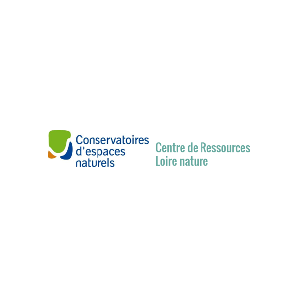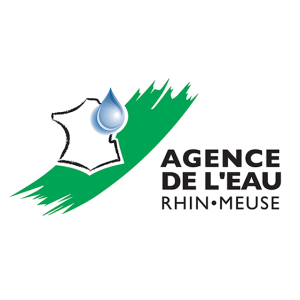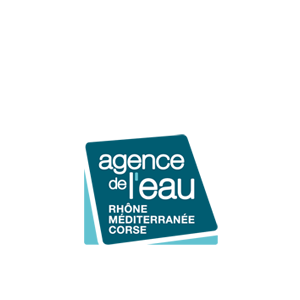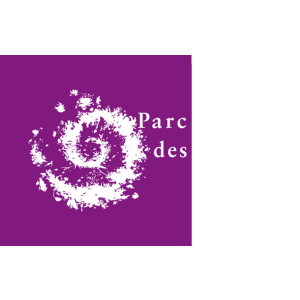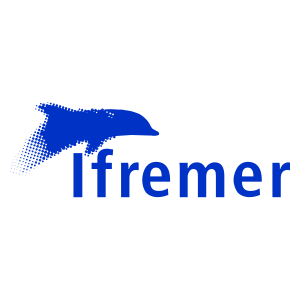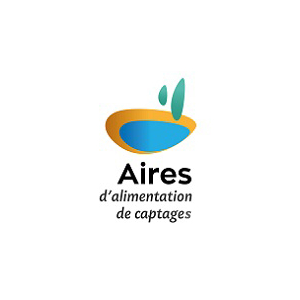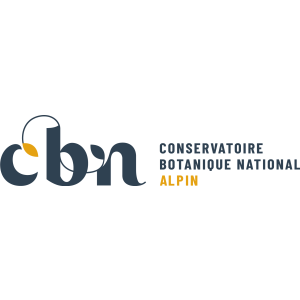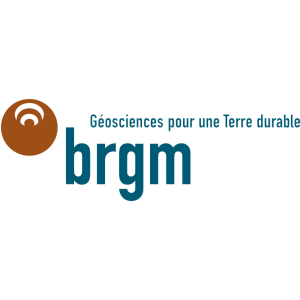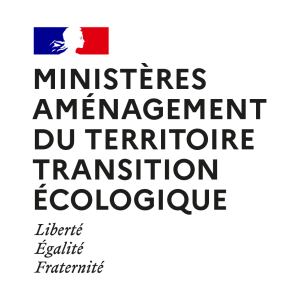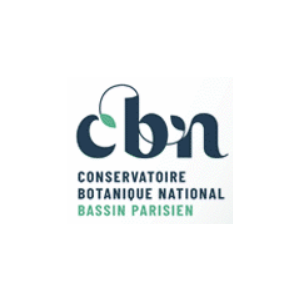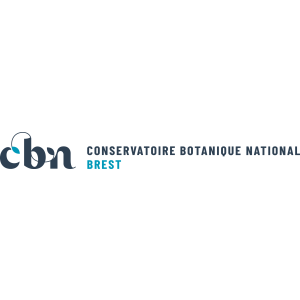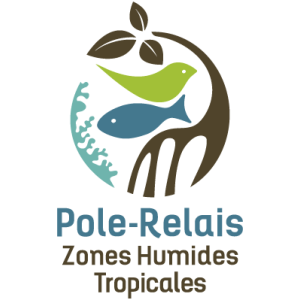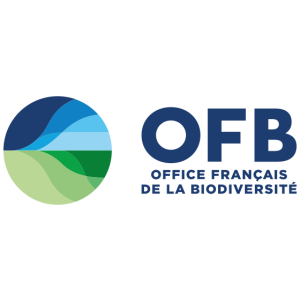
Document généré le 08/12/2025 depuis l'adresse: https://www.documentation.eauetbiodiversite.fr/fr/notice/etude-electrophoretiquee-des-proteines-du-cristallin-de-sparides-et-centracanthides-mediterraneens
Titre alternatif
Producteur
Contributeur(s)
ISTPM
Identifiant documentaire
9-3150
Identifiant OAI
oai:archimer.ifremer.fr:3150
Auteur(s):
Plchot, Paul,Pollard, David A.
Mots clés
Date de publication
01/03/1970
Date de création
Date de modification
Date d'acceptation du document
Date de dépôt légal
Langue
fre
Thème
Type de ressource
Source
Revue des Travaux de l'Institut des Pêches Maritimes (0035-2276) (ISTPM), 1970-03 , Vol. 34 , N. 1 , P. 81-88
Droits de réutilisation
Ifremer
Région
Département
Commune
Description
Over the course of the last 20 years, new techniques such as electrophoresis have made it possible to approach the detailed study of proteins; they have found many applications in research on taxonomy. The specificity of serum protein electrophoregrammes, in particular, has been noted by a large number of authors. Nonetheless, the value of serum electrophoresis for taxonomic studies is frequently criticised; indeed, physiological state and environmental conditions can alter the proteinogrammes, by variations in the quantitative distribution of the proteins that are normally present as well as by the formation of new proteins.
Under these conditions, we thought it worthwhile to use protein electrophoresis on another tissue. The research work of RABAEY (1964) and SMITH and GOLDSTEIN (1967) led us to choose the crystalline lens. These authors have in fact noted that the electrophoregrammes obtained from this tissue have several parts and that they are very characteristic of the species. In the first part of this work, we wanted to specify certain technical data that enabled us on the one hand to obtain a clear separation of the various parts and on the other hand, good reproducibility of results, conditions that are essential for such a study. The second part is presented from the angle of a critical examination of the variability of biochemical characteristics studied in a restricted taxonomic group. We chose the Sparidae and Centracanthidae families whose species have been well studied and generally well defined from the point of view of conventional morphological criteria. However, the presence of a polychromatism in Centracanthidae (POLLARD and PICHOT, 1970) or of shape changes during growth in Sparidae (BONNET, 1969) sometimes makes the taxonomic placement of some close forms uncertain.
Accès aux documents
0
Consultations
0
Téléchargements
